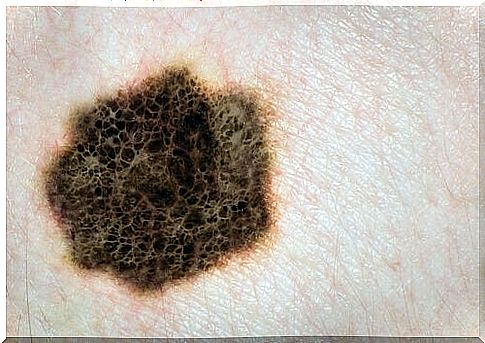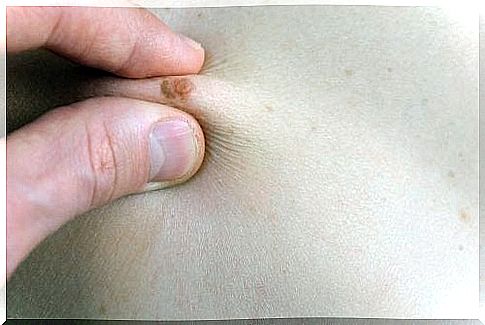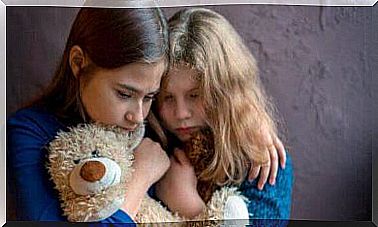Everything You Need To Know About Liver Spots In Children

It is important for parents to know the different types and warning signs regarding liver spots in children.
Liver spots are small spots that can vary in color and usually have a round or oval shape. Scientifically known as Melanocytic nevus, and can occur on any part of the body.
It is important to always treat liver spots with care. Although they are harmless tumors, they still need special treatment. And of course the question arises: What special care does liver spots require in children?
Liver spots, or nevi, are most common among individuals with pale skin. But people with any skin tone can experience these blemishes on the skin. Therefore, it is important to know what they are and how to take care of them. It is also important to know their type and shape.
What are liver spots?
As we mentioned above, liver spots are actually harmless tumors. In other words, it is tissue changes that lead to the growth of lumps or changes in skin color.
Everyone can have liver spots, even those with the darkest skin. However, it is true that those with paler skin have the most liver spots on the skin.
On average, an individual in adulthood can have about 20 liver spots. Children can present at least half of this number. The amount of liver spots that a child has can increase and decrease over time.
The most important characteristics among liver spots in children
One of the most important characteristics of liver spots is that they are asymptomatic. In other words, they should not itch, sting or leak fluid.
The other characteristic they have in common is their color. In general, they are brown, but their exact tone may vary. In a small number of cases, they can be red (so-called hemangiomas) or even blue.

When it comes to their shape, they tend to be circular or oval. They can be flat and very small (about 5 mm). At the same time they can be large (8 to 10 mm) and uneven in their consistency.
What is melanoma?
This part is extremely important. The term “melanoma” often occurs when talking about liver spots in both children and adults. Melanoma refers to skin cancer, which happens to be one of the most common diseases in the world.
Their association with liver spots is that they look alike to the naked eye at first. Later they stand out because their shape and color become more uneven. This usually does not happen in general with healthy liver spots.
Is there a way to prevent the appearance of liver spots in children?
It is clear that some children are more likely to have and develop new liver spots depending on skin type. But other factors also play a role.
For example, experts believe that frequent and prolonged exposure to sun rays can lead to the appearance of nevi.
In that case, we should protect our children from sun exposure, especially between the hours of 11:00 and 15:00. Be sure to always apply a sufficient amount of sunscreen and avoid prolonged exposure to the sun.
These measures reduce the likelihood of the appearance or growth of liver spots in children by 5%. It will also prevent the appearance of freckles on the skin.

What types of liver spots can be removed?
As we mentioned above, benign tumors are harmless. They do not constitute physical discomfort per se.
But some people feel that liver spots are an aesthetic problem. For that reason, they can ask a dermatologist about removing liver spots.
When it comes to liver spots in children, it is best not to touch them at all. If they bother your child, itch, hurt or start to blush, you should talk to your pediatrician. A doctor will be able to determine what is the right treatment for your child’s specific case.
Now that you know more about the properties of liver spots, you can pay more attention to their occurrence in children.









